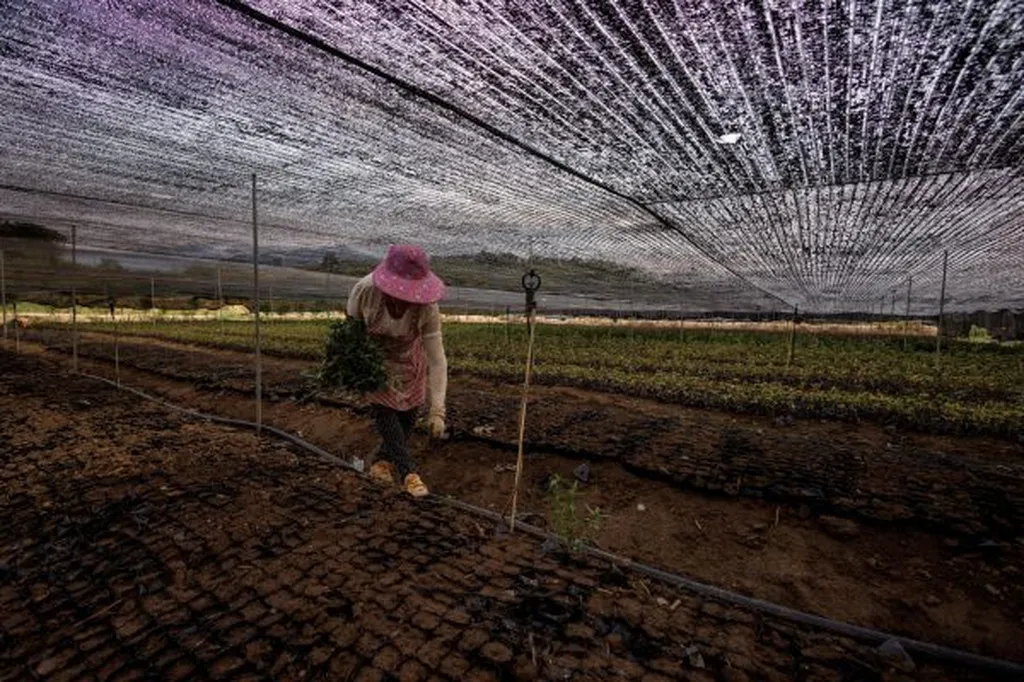In the heart of China, a groundbreaking study led by Mehmood Jan from the College of Horticulture at South China Agricultural University is shedding light on the intricate dance between rice cultivation, environmental pollutants, and climate change. Jan’s research, published in the journal *Ecotoxicology and Environmental Safety* (translated as “Environmental Toxicology and Safety”), delves into the synergistic impacts of Bisphenol A (BPA) and elevated temperatures on rice development and the rhizosphere microbiome, offering insights that could reshape sustainable agriculture and the energy sector.
Bisphenol A, a ubiquitous industrial chemical, has long been a cause for concern due to its persistent presence in the environment. As global temperatures rise, understanding its combined effects with heat stress on crops becomes increasingly crucial. Jan’s study focuses on two contrasting rice genotypes: High-Temperature Resistant (HTR-1) and High-Temperature Sensitive (HTS-5), subjected to varying concentrations of BPA and temperature regimes.
The findings are striking. Elevated BPA concentrations under rising temperatures significantly inhibited chlorophyll content, reduced reactive oxygen species (ROS) scavenging activity, and modulated abscisic acid production, leading to impaired physiological responses in both rice genotypes. However, HTR-1 exhibited superior growth compared to HTS-5, showcasing higher abscisic acid levels, a lower transpiration rate, and reduced BPA accumulation.
“Our study demonstrates that selecting temperature-tolerant rice varieties is not just about yield; it’s about resilience,” Jan explains. “HTR-1’s ability to maintain higher abscisic acid levels under stress conditions highlights the potential of breeding programs to develop crops that can withstand the dual pressures of pollution and climate change.”
The research also revealed dramatic alterations in the structure and composition of bacterial and fungal communities in the rhizosphere. Resilient phyla such as Proteobacteria and Chloroflexi, along with Ascomycota and Chytridiomycota, dominated the microbial landscape, with specific genera like Anaerolinea and Zopfiella notably enriched in the rhizosphere of HTR-1.
These findings have profound implications for the energy sector, particularly in regions where agriculture and industrial activities coexist. Understanding the interplay between BPA, temperature, and the rhizosphere microbiome can inform strategies to mitigate environmental impacts and enhance crop productivity. Jan’s work underscores the importance of integrating environmental toxicology with agricultural practices to foster sustainable development.
As the world grapples with the realities of climate change and environmental pollution, studies like Jan’s offer a beacon of hope. By unraveling the complex interactions between crops, pollutants, and microbes, researchers are paving the way for innovative solutions that can sustain both agriculture and the energy sector in the face of mounting challenges.

